The Biological Mechanisms of Coral Reef Adaptation
Introduction
Coral reefs are one of the most diverse and complex ecosystems on the planet, housing a multitude of marine species. The survival and growth of these ecosystems are largely dependent on the ability of corals to adapt to changing environmental conditions. This article will delve into the biological mechanisms of coral reef adaptation, providing an in-depth understanding of the processes involved.
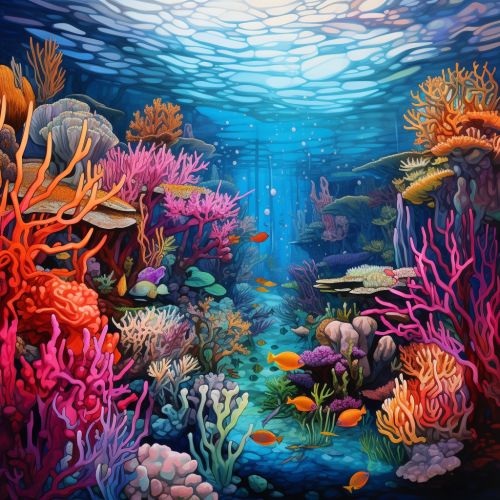
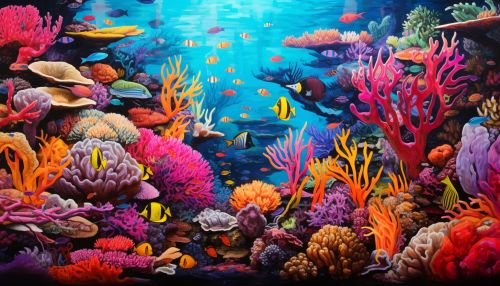
Coral Reef Biology
Corals are marine invertebrates in the class Anthozoa, which also includes sea anemones and sea pens. They are composed of colonies of individual polyps that are genetically identical, each polyp being a sac-like animal typically only a few millimeters in diameter. The polyps secrete a hard exoskeleton of calcium carbonate, which forms the structure of the coral reef.
Coral Reef Adaptation
Adaptation in coral reefs is a complex process involving a variety of biological mechanisms. These include genetic adaptation, phenotypic plasticity, and symbiotic relationships with other organisms.
Genetic Adaptation
Genetic adaptation in corals occurs through the process of natural selection. Corals with genetic traits that enhance their survival and reproduction in a particular environment are more likely to pass these traits on to their offspring. Over time, these advantageous traits become more common in the population, leading to genetic adaptation.
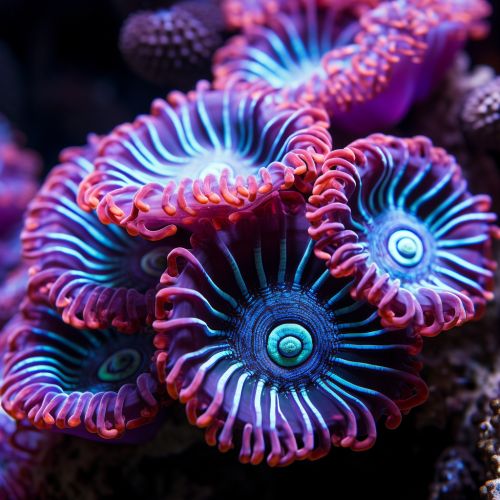

Phenotypic Plasticity
Phenotypic plasticity refers to the ability of an organism to change its phenotype, or physical traits, in response to changes in the environment. In corals, phenotypic plasticity can involve changes in morphology, physiology, or behavior. For example, corals can alter their skeletal structure to better withstand strong wave action, or they can adjust their photosynthetic rates in response to changes in light intensity.
Symbiotic Relationships
Corals form symbiotic relationships with a variety of organisms, most notably with photosynthetic algae known as zooxanthellae. These algae live within the coral's tissues and provide the coral with nutrients through photosynthesis. In return, the coral provides the algae with a protected environment and access to light for photosynthesis. This symbiotic relationship is crucial for the survival and growth of coral reefs, especially in nutrient-poor tropical waters.
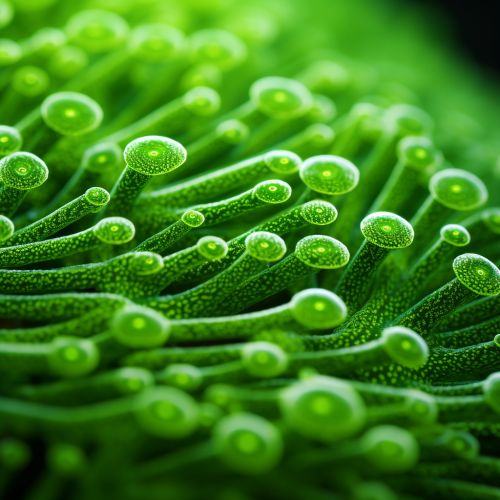

Factors Influencing Coral Reef Adaptation
Several factors can influence the ability of coral reefs to adapt to changing environmental conditions. These include the rate and extent of environmental change, the genetic diversity of the coral population, and the presence of stressors such as pollution or overfishing.
Rate and Extent of Environmental Change
The rate and extent of environmental change can significantly impact the ability of coral reefs to adapt. Rapid or extreme changes in conditions such as temperature, salinity, or pH can exceed the adaptive capacity of corals, leading to coral bleaching or death.
Genetic Diversity
Genetic diversity is crucial for the adaptive capacity of coral reefs. A high level of genetic diversity increases the likelihood that some individuals in the population will possess the genetic traits necessary to survive and reproduce under changing conditions.
Stressors
Stressors such as pollution, overfishing, and destructive fishing practices can impair the ability of coral reefs to adapt to environmental change. These stressors can reduce the health and resilience of corals, making them more susceptible to disease and less able to recover from disturbances.
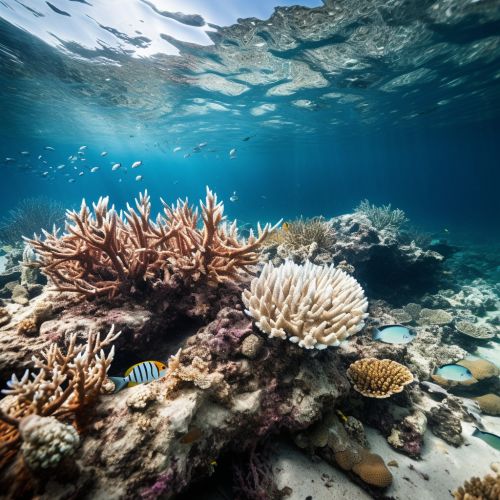
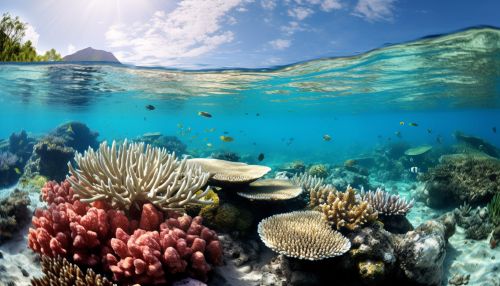
Conclusion
Understanding the biological mechanisms of coral reef adaptation is crucial for the conservation and management of these vital ecosystems. As environmental conditions continue to change due to human activities, it is more important than ever to understand how coral reefs can adapt and survive.
